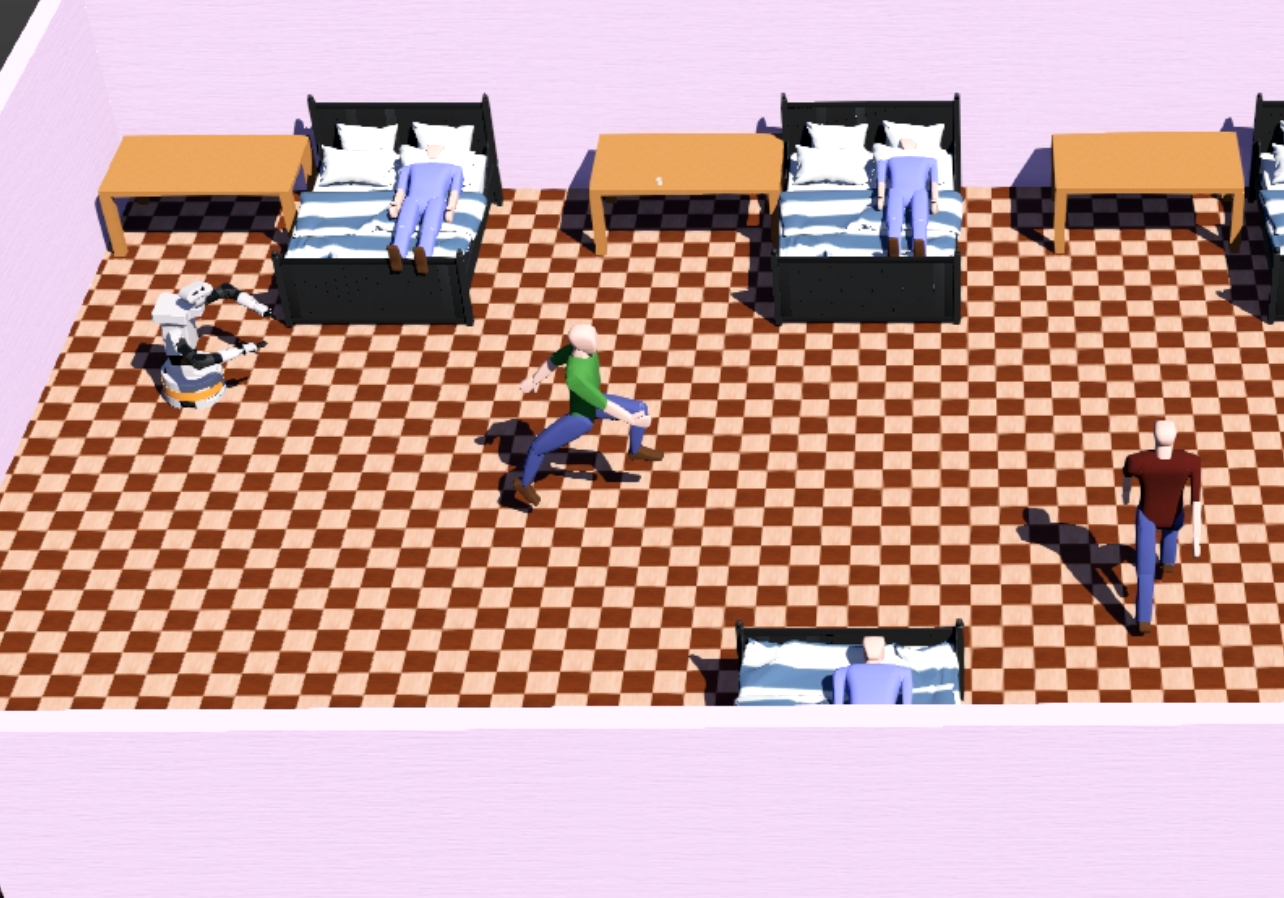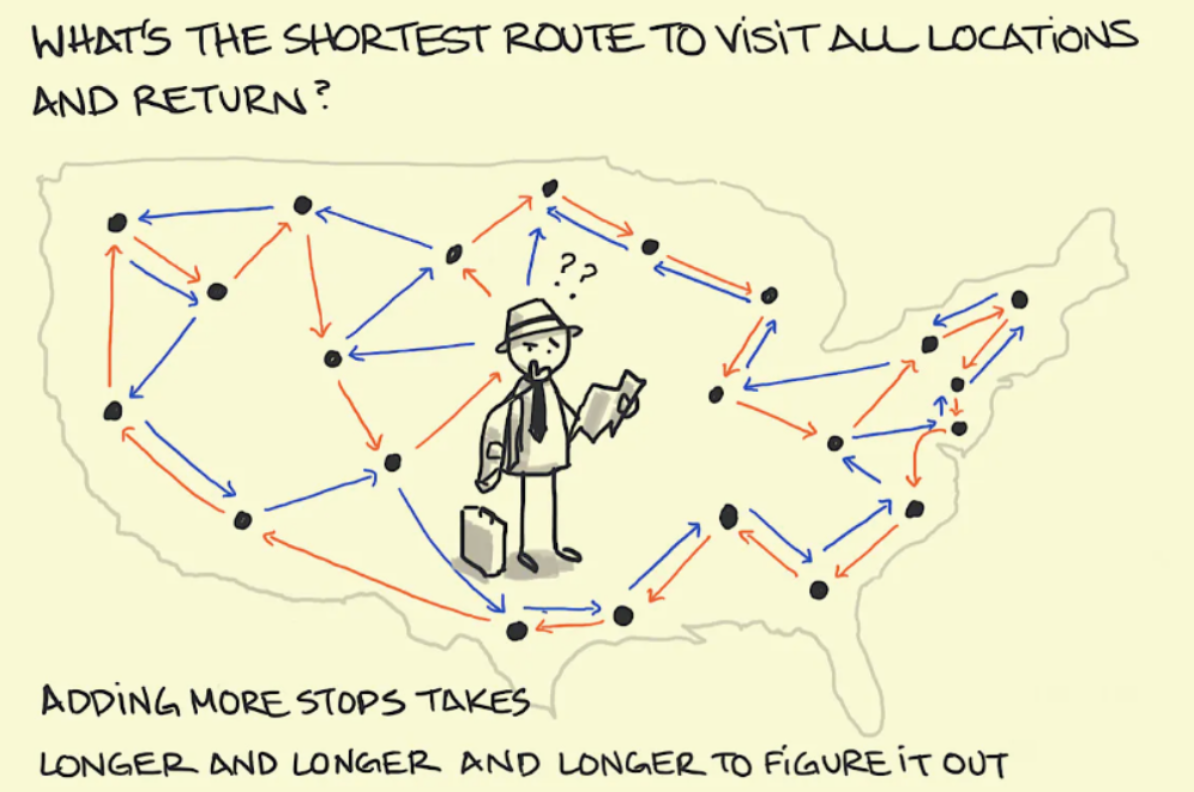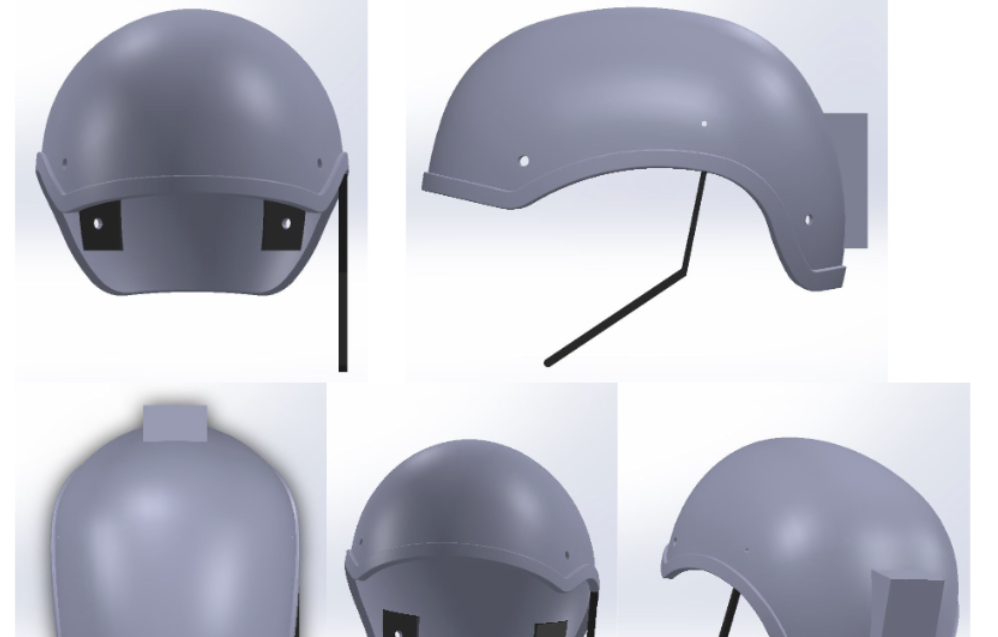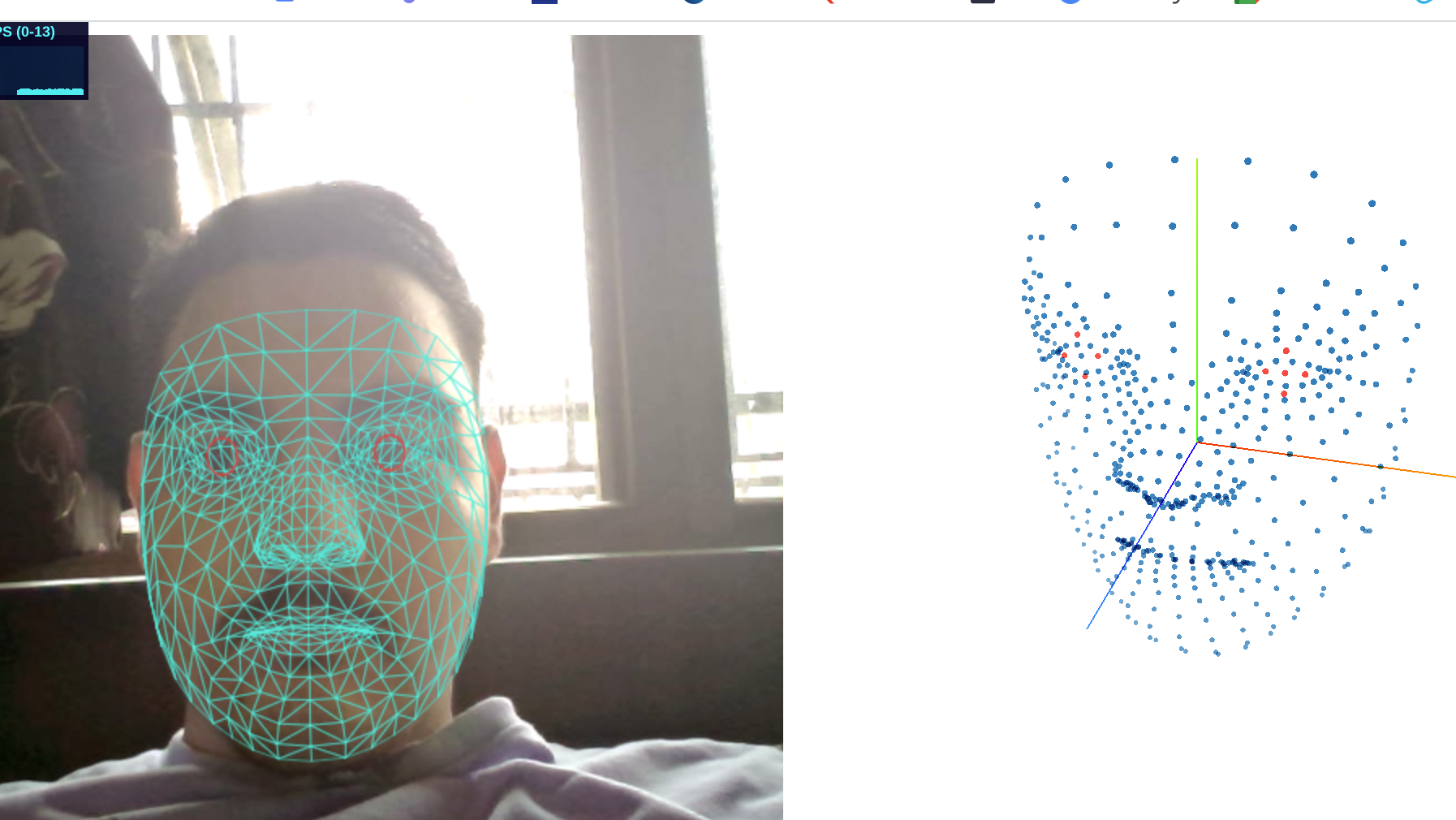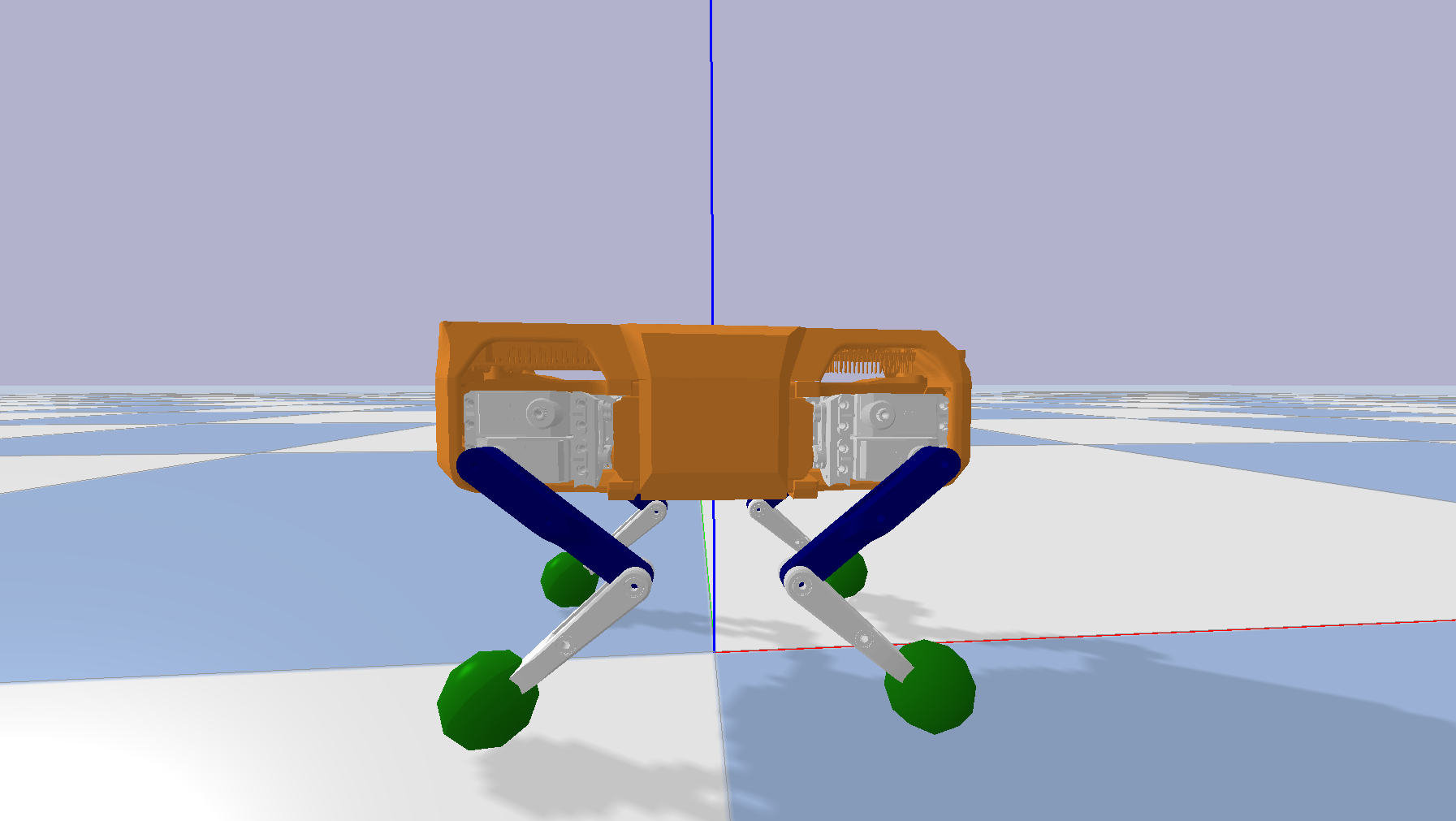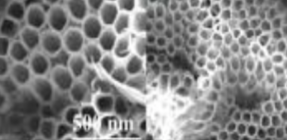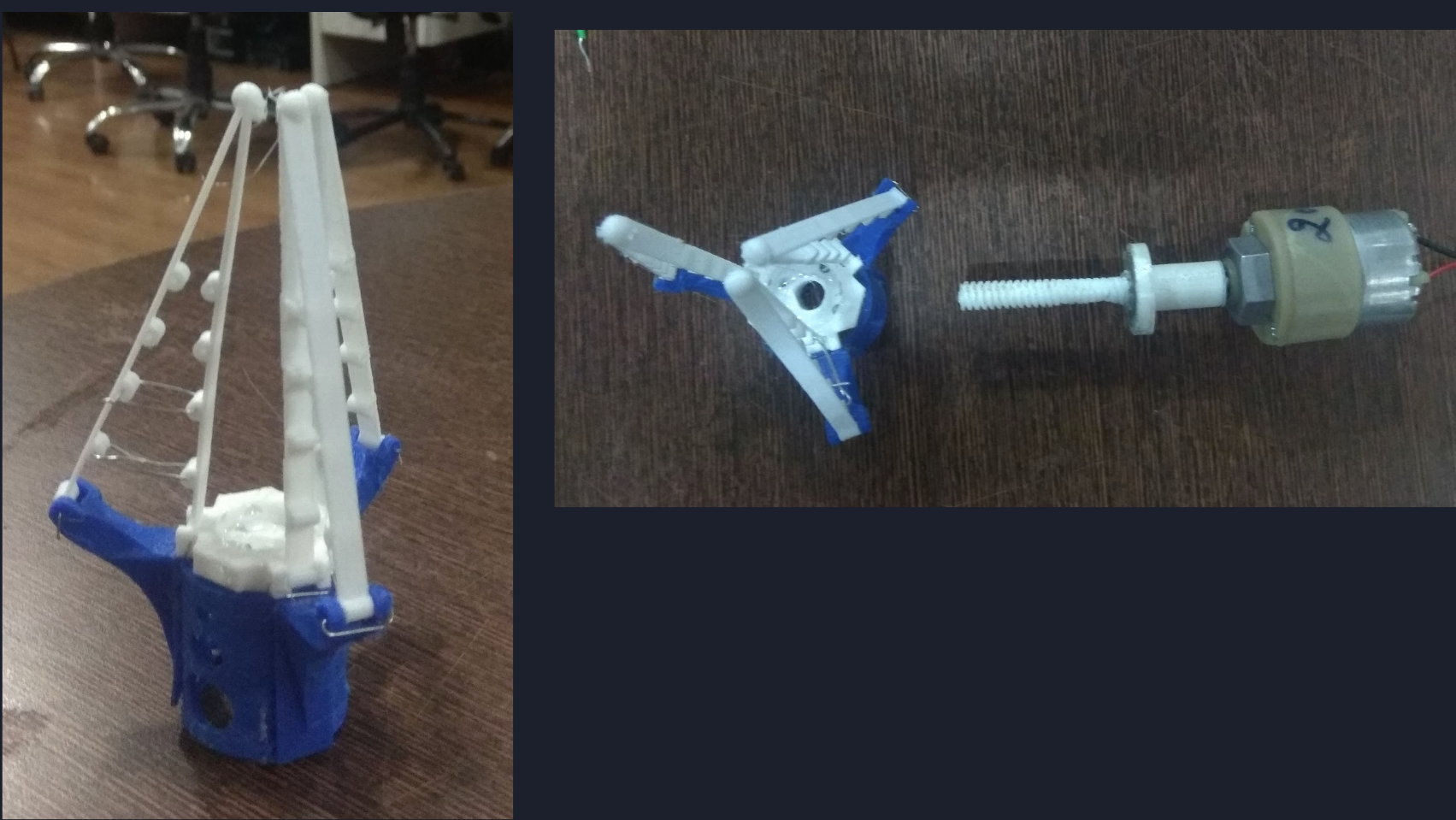I'm
Manan Tayal

I'm


Hi! I am Manan, a Research Scholar at Robert Bosch Centre for Cyber Physical Systems (RBCCPS) in Indian Institute of Science (IISc) Bangalore, working on Safety Critical Controls using Control Barrier Functions in the Stochastic Robotics Lab under the guidance of Prof. Shishir N. Y. Kolathaya and collaborating with Prof. Pushpak Jagtap and Prof. Andrew Clark
My recent works include developing a novel CBF formulation called Collision Cone Control Barrier Function (C3BF) which combines the concepts of Collision cone and CBFs to come up with a real-time safe controller, using on-board computing.
Currently, I am interested in extending my work in the stochatic world and generation of an optimal barrier function using Neural networks.
Earlier, I worked on the development of a lightweight control framework for robust proprioceptive bipedal walking, in Stochastic Robotics lab, in collaboration with Prof. Ayonga Hereid (Ohio State University)
I completed my B.Tech from Indian Institute of Technology Bombay (IITB). I actively work in the fields of Robotics, Controls and Learning. In my undergraduate years, I have also worked on various robotics projects like control of Quadruped Bot, Force controlled gripper, FLORENCE (A Robotic Nurse), etc.
Click here for a detailed CV.
Follow me on Google Scholar, X (earlier twitter) and LinkedIn to keep informed with my latest research and projects.
My Resume
My Projects
